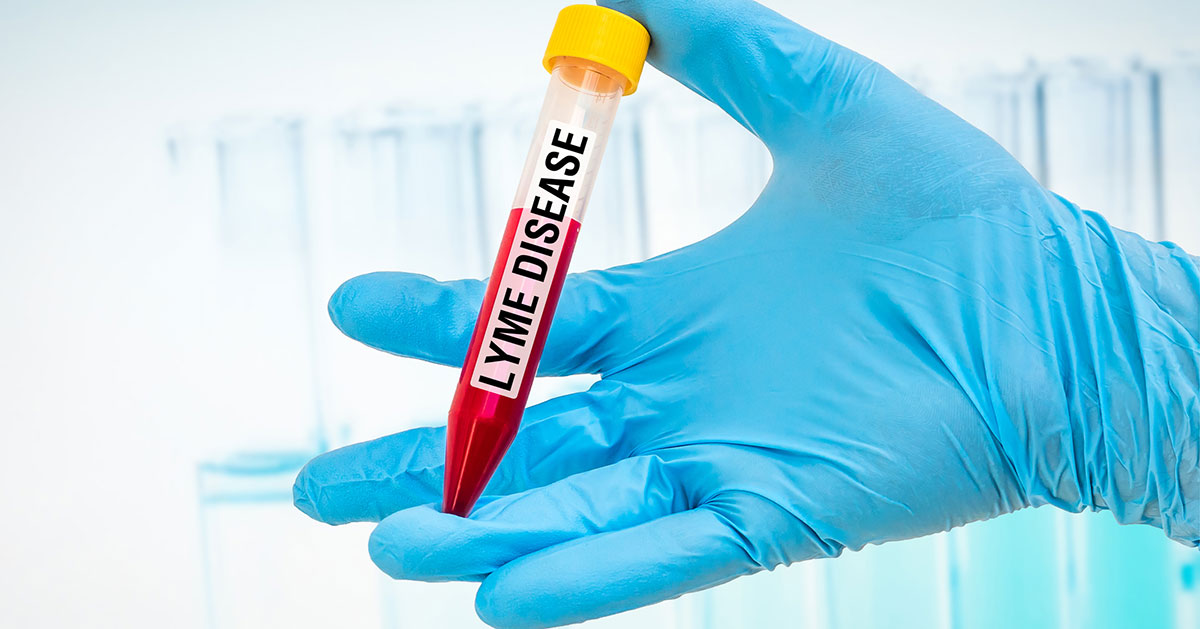Important Symptoms, Stages And Treatment For Lyme Disease
Diagnosing And Treating Lyme Disease

Lyme disease is diagnosed based on the signs and symptoms that a patient may have and a possible history of exposure to infected ticks. Laboratory blood tests can be a helpful tool when attempting to diagnose Lyme disease. However, blood tests are only recommended for patients who have the typical symptoms. It is also essential to avoid misdiagnosis and treatment when the cause of symptoms may come from another illness.
Lyme disease is treated with the antibiotics amoxicillin and tetracycline, which are prescribed for ten to twenty-one days. Other antibiotics such as cefuroxime and doxycycline may be used as treatment.
